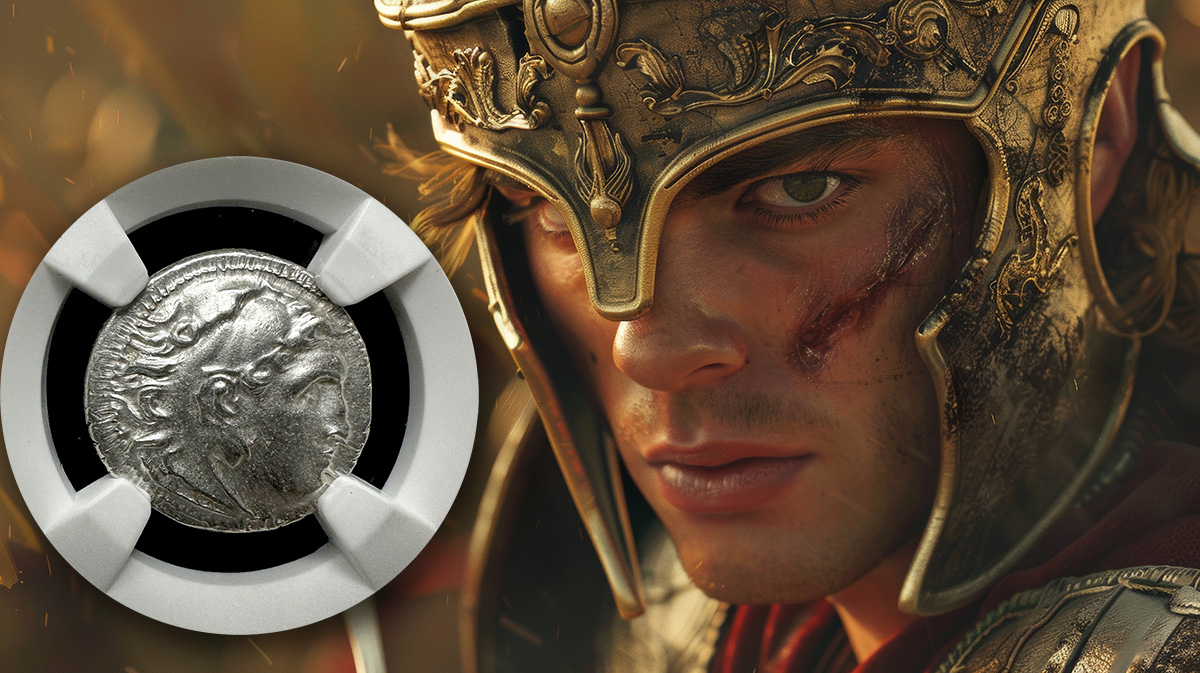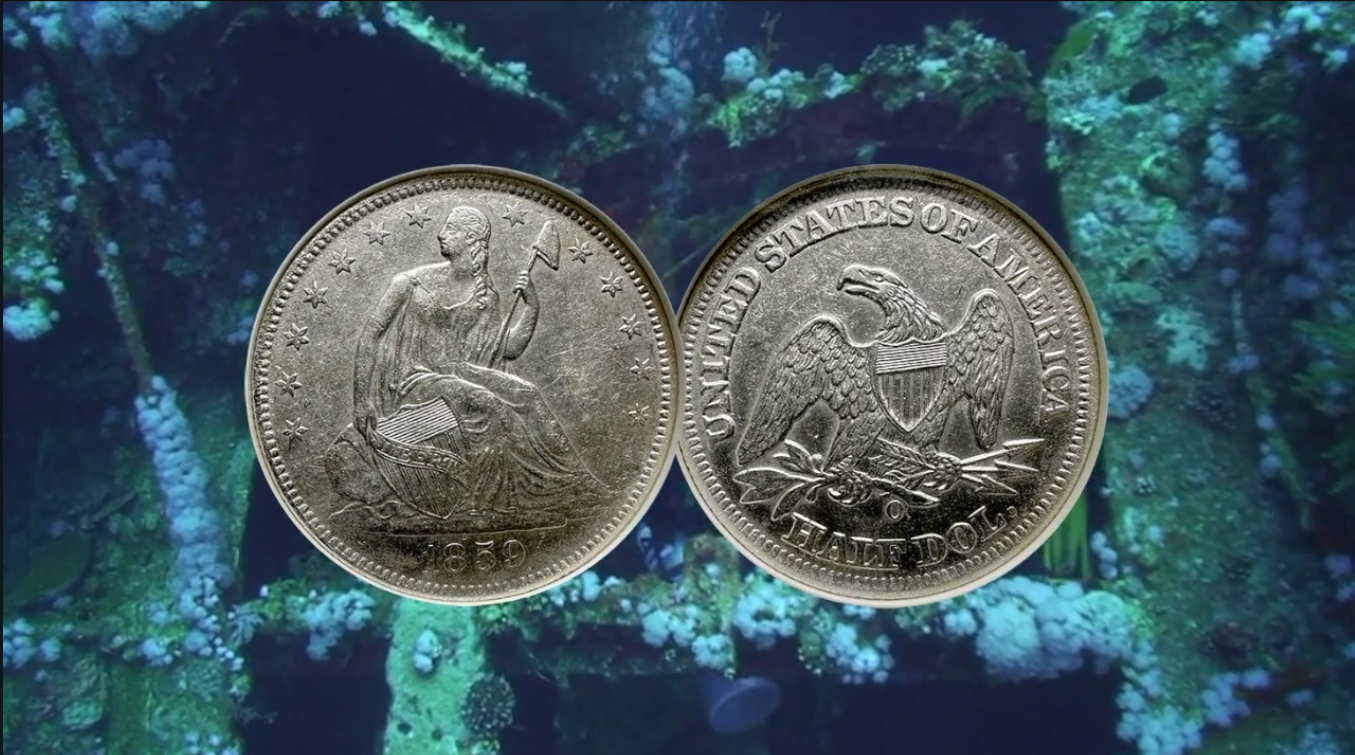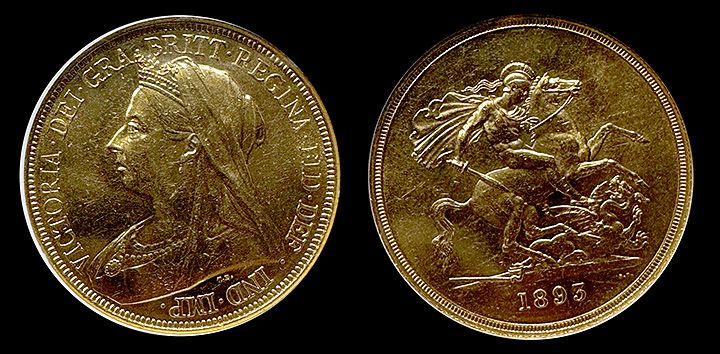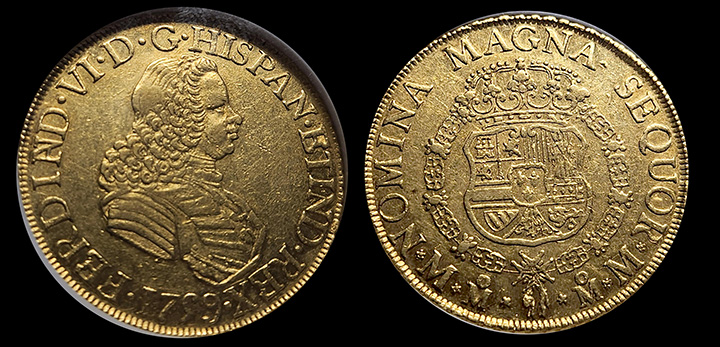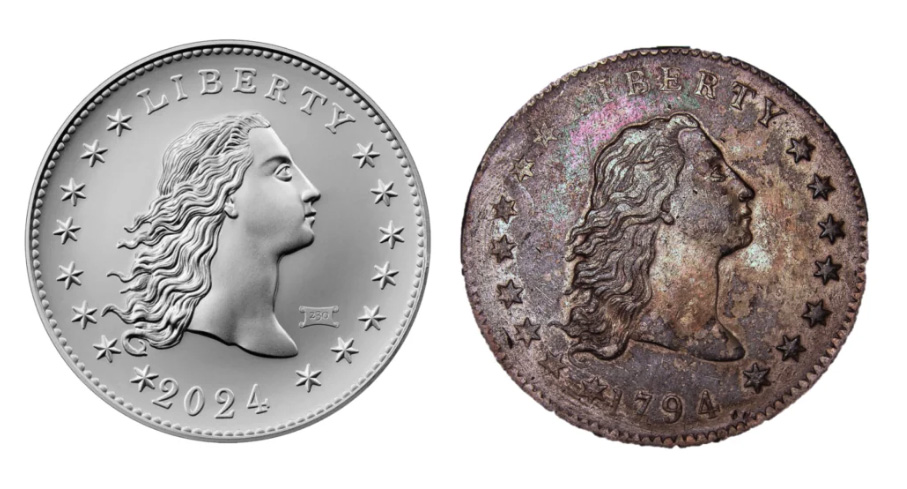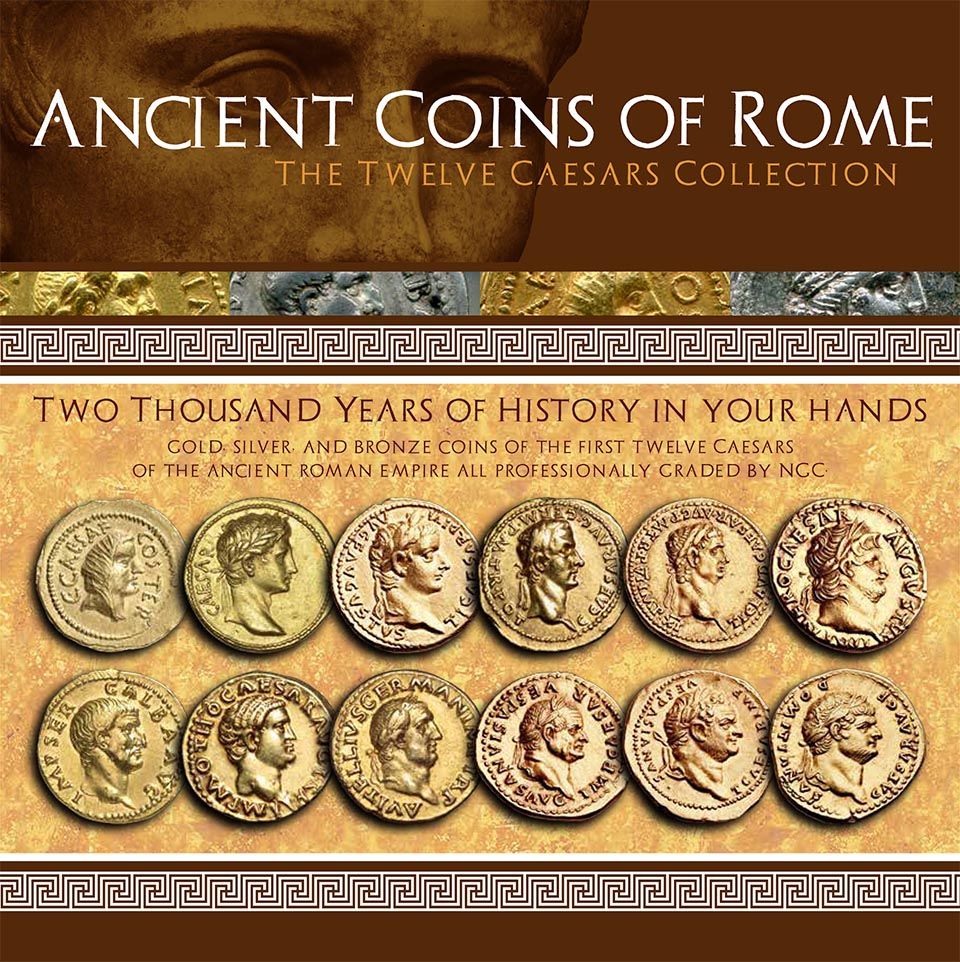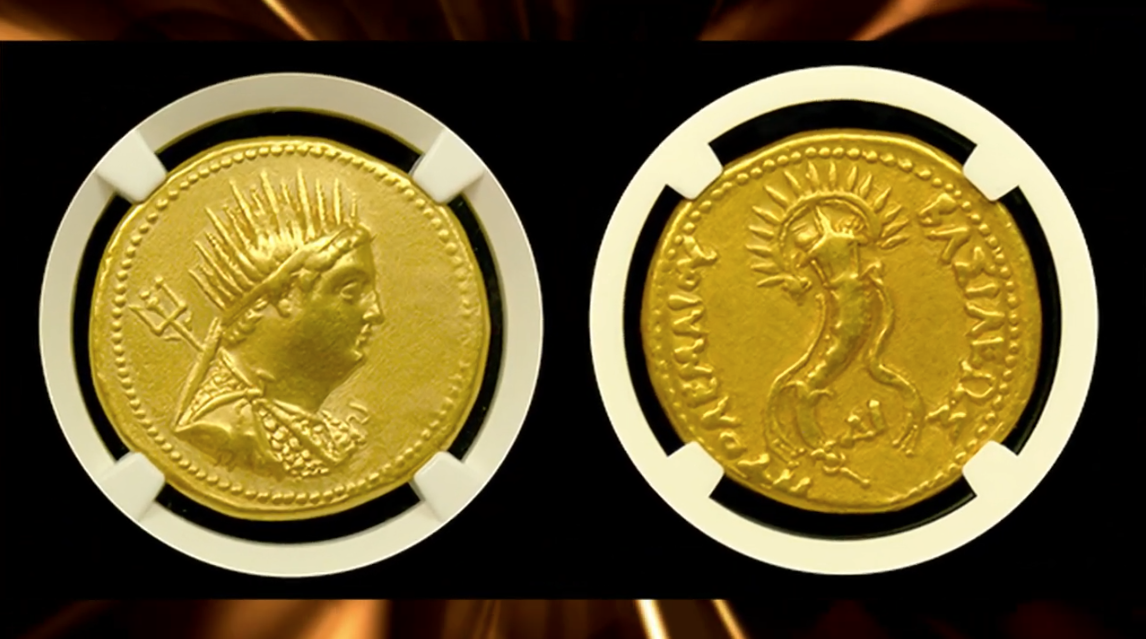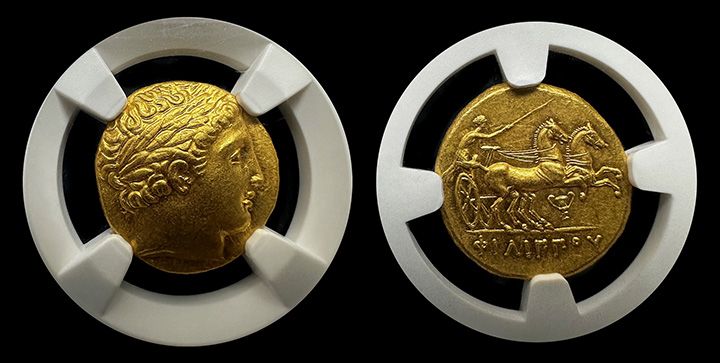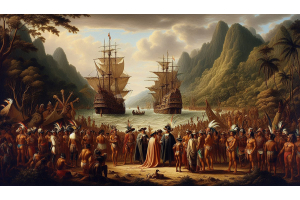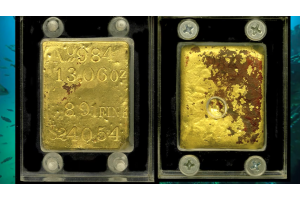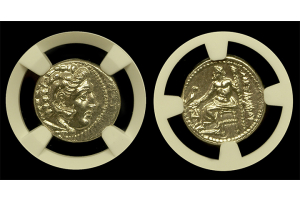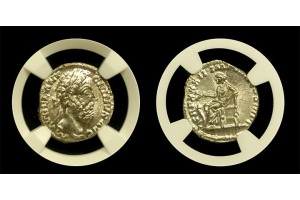Austin Coin
- Posted: April 10, 2025Read more »
Conquering Minds
Alexander the Great didn’t just conquer territories. He conquered minds. Furthermore, he used gold to do it.
His armies stretched from Greece to the edge of India. But his influence traveled even farther, thanks to his coins.
These weren’t just currency—they were propaganda. Indeed, they spread his image, ideals, and imperial message everywhere they circulated. They became Alexander the Great's Legacy in Gold!
The Power of a Portrait
- Posted: March 07, 2025Read more »
A Rising Star in the Macedonian Empire
Lysimachus: Warrior Turned King was born around 360 BC in Thessaly, a region known for its fierce warriors. He came from a noble family and was trained in the art of war from a young age. With discipline and skill, he quickly gained recognition in the Macedonian military ranks. As a young man, he caught the attention of King Philip II of Macedon, who saw potential in his strength and leadership.
When Philip was assassinated in 336 BC, his son, Alexander III—later known as Alexander the Great—took the throne. Already an established warrior, Lysimachus became one of Alexander’s trusted bodyguards. This elite group, known as the Somatophylakes, protected the king in battle and served as his closest advisors. This position not only gave Lysimachus direct access to Alexander but also allowed him to witness some of the greatest
- Posted: February 27, 2025Read more »
The SS Republic’s story is about tragedy, discovery, and numismatic wonder. This Civil War-era steamship, lost in 1865 off the coast of Georgia, carried a fortune in gold and silver coins. Among its treasures were half-dollar silver, remarkably preserved despite spending more than a century beneath the ocean. A Shipwreck’s Silver Treasure—these coins link to America's past. Furthermore, it reflects the artistry, commerce, and resilience of the mid-19th century.
The Fateful Journey of the SS Republic
The SS Republic left New York on October 18, 1865. Its destination was New Orleans, carrying
- Posted: January 10, 2025Read more »
Early Life and Rise to the Throne
Queen Victoria of the British Empire was born on May 24, 1819, at Kensington Palace in London. She was the daughter of Prince Edward, Duke of Kent, and Princess Victoria of Saxe-Coburg-Saalfeld. As the niece of King William IV, Victoria unexpectedly ascended the throne in June 1837 at just 18 years old. Her reign would become the longest of any British monarch at the time, spanning an impressive 63 years.
From the beginning, Victoria brought the monarchy a new sense of purpose and stability. Though young and inexperienced, she worked closely with her advisors. Additionally, she established herself as a capable and determined leader. Moreover, her marriage to Prince Albert of Saxe-Coburg and Gotha in 1840 significantly shaped her reign. Their partnership was one of mutual respect and shared vision, laying the foundation for many of the
- Posted: December 13, 2024Read more »
Rare Coins in History Related to Christmas
Christmas-related rare coins often carry stories from history, and some of these coins directly connect to Christmas. From ancient times to modern commemoratives, these coins highlight the traditions, legends, and symbols of the holiday season. Let’s explore some fascinating coins tied to Christmas across various eras and cultures.
Coins Associated with the Three Wise Men
The story of the Three Wise Men has fascinated people for centuries. These Magi, likely hailing from regions such as Persia, Arabia, or India, brought gifts of gold, frankincense, and myrrh to the infant Jesus. Gold was not just a gift but also a form of currency. Coins from these regions, such as Persian darics or Arabian shekels, provide a glimpse into the trade
- Posted: December 06, 2024Read more »
The Rich History of Mexican Coinage: From the 8 Escudo to Modern Currency
The evolution of Mexican Coinage has a rich history that reflects its cultural and economic evolution. Mexico's coins have captured significant historical moments from the Spanish colonial era to modern times. The story of Mexican coinage spans centuries, encompassing colonial wealth, revolutionary transformations, and the modern era of artistic designs. This blog explores key periods in Mexican history and the coins that defined them, including the iconic 8 Escudo and its enduring legacy among collectors.
- Posted: November 08, 2024Read more »
The Flowing Hair Silver Dollar of 1794
The year 1794 marked a milestone for the young United States. Additionally, the country was taking its first steps towards a national identity, not only politically but economically. Central to this endeavor was establishing a stable currency, a crucial aspect of independence. One coin stood out: the Flowing Hair Silver Dollar of 1794. This coin was the first silver dollar from the U.S. Mint and symbolized the nation’s early efforts in currency design.
Why the U.S. Needed Its Own Currency
After gaining independence from Britain, the United States struggled with currency instability. At the time, coins from various foreign nations circulated widely, creating confusion
- Posted: October 24, 2024Read more »
The Twelve Caesars: The Lives of Rome's First Emperors
The Twelve Caesars, immortalized by the historian Suetonius, ruled Rome through times of greatness and decline. Their stories give us a glimpse into the power, intrigue, and corruption that shaped the Roman Empire. From Julius Caesar's assassination to the fall of Domitian, each ruler played a pivotal role in shaping Roman history.
Julius Caesar: The Turning Point of the Republic
Julius Caesar was
- Posted: October 14, 2024Read more »
Ptolemy III: The Ambitious Pharaoh of Egypt
Ptolemy III of Egypt, also known as Ptolemy Euergetes, ruled Egypt from 246 to 222 BCE. As the third ruler of the Ptolemaic dynasty, he significantly expanded Egypt's territory and strengthened its economy. Ptolemy III’s reign marked a period of prosperity and military success, leaving a lasting legacy in ancient Egyptian history.
Early Life and Ascension
Ptolemy III was born into royalty as the son of Ptolemy II Philadelphus and Queen Arsinoe I. Groomed from birth to assume leadership, he was well-versed in statecraft, military strategy, and diplomacy. Ptolemy III took the throne when his father passed away in 246 BCE.
- Posted: September 14, 2024Read more »
Early Life and the Division of the Empire
Philip II of Macedonia, the father of Alexander the Great, was one of the most influential figures in ancient history. His rise to power reshaped the region, and his leadership laid the foundation for a powerful Macedonian state. This blog will explore how he came to power, his key accomplishments, the challenges Macedonia faced during his reign, what eventually happened to him, and how he is remembered today.
How Philip II Came to Power
Born in 382 BC, Philip II was the youngest son of King Amyntas III. Political chaos shaped his early life as Macedonia faced external threats and internal instability. After the death of his brother, King





